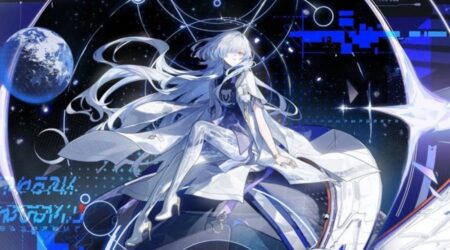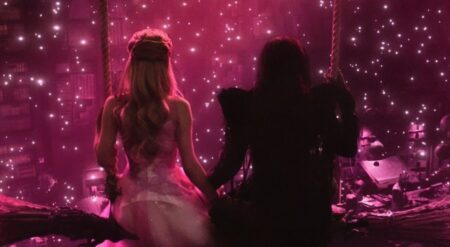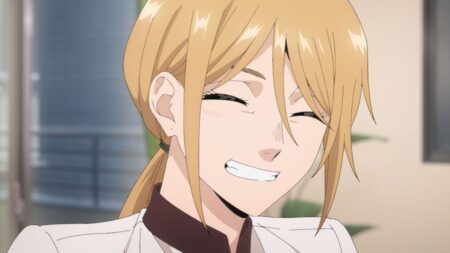The ongoing negligible treatment of bisexuality in film, television, and the world at large is increasingly frustrating. From ambivalence and apathy to out-and-out aggression, the erasure and biphobia demonstrated is a frustrating reminder of the delicate balance bisexual individuals are placed to either look queer or straight “enough.”
Recently (used loosely, as “recently” can be interpreted to mean any time frame, and you’ll likely find a similar argument online), a female pop star has made waves for dating another male celebrity. People (internet idiots) have begun to question the validity of her professed bisexuality. They’ve said she’s queerbaiting (a fantastic misuse of the term).
One of the stars of Heartstopper, Kit Connor, was forced out of the closet – bullied – to admit to his own bisexuality due to self-important, entitled “fans.” No matter what is said or done, there are seeming boxes meant to be ticked in order to justify the label they feel fit them best. And still, “fans” question the validity of their sexuality. They ask if they’re really bi if she’s never dated someone of the same gender?
Short answer, yes. Obviously.
And yes, some of this is pooling from my own barely repressed rage at the suggestion as a woman who didn’t really embrace the term bisexuality until I was well into my 20s and straight presenting. Not that there weren’t signs. From just how much I loved the seminal film Blue Crush or Hawkgirl from the series Justice League Unlimited to my unwavering, mental love affairs with both Aragorn and Éowyn in The Lord of the Rings trilogy. But I, like so many, wavered beneath the insidious uncertainty that to be bi, I had to somehow prove it.
Bisexuality in storytelling has improved but there’s room for growth.
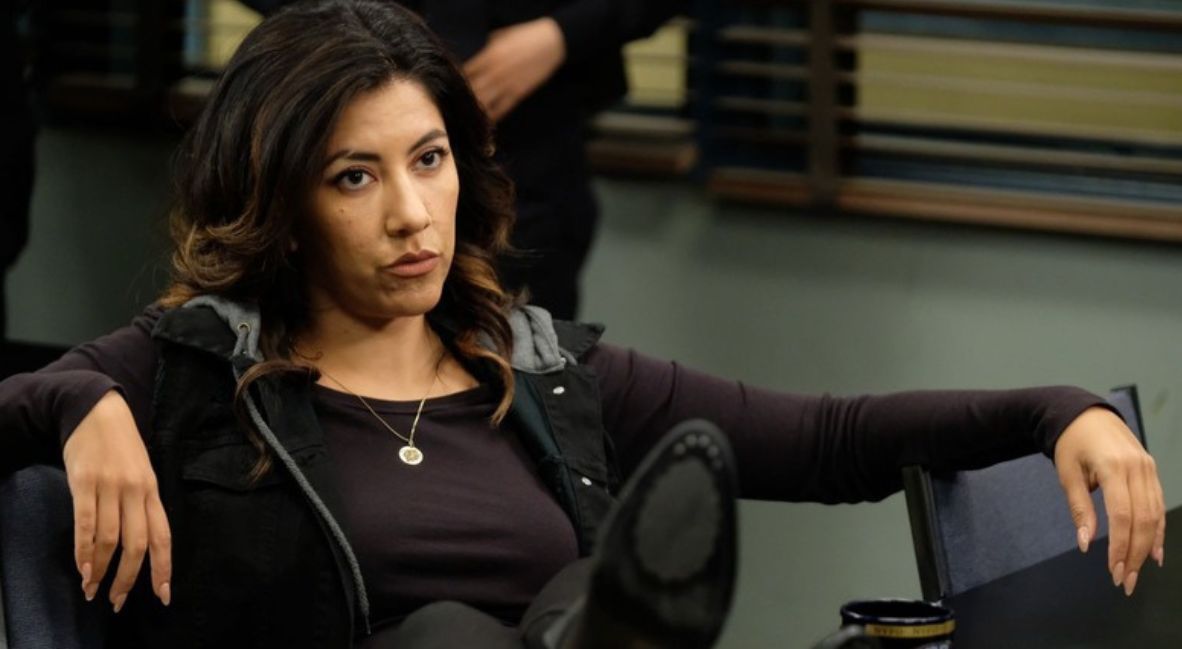
Perhaps having more bi-representation in media would have helped. A society with a lot less casual bigotry and the incessant policing of sexuality and fluidity, with less omnipresent bi-erasure. This belief that if you’re not one (straight) or the other (gay), you must be the perfect middle – rules of binary and rigidity that don’t actually exist in society.
This was initially meant to be a list. In coming up with this list, it’s evident there’s a lot of room for growth. Because while there’s been a definite uptick over the decades in terms of positive queer representation and LGBTQ+ stories being told, bisexuality remains this oddly label less entity. And it’s noteworthy that while women are more often allowed to be bisexual on screen, male characters are still slow in that development.
Things have changed since the era of Buffy the Vampire Slayer or The O.C. where there were bisexual narratives or characters, but they weren’t handled with grace. And television has certainly had room for bisexual storylines, whereas films have struggled to maintain the same pace. There was a period of time where, suddenly and wonderfully refreshing, every other new series seemed to present a new character either outwardly coming out as bi or simply dating someone of the same gender with little fanfare.
Rosa (Stephanie Beatriz) from Brooklyn Nine-Nine was one such central character whose bisexuality wasn’t simply used to tantalize or drum up attention. Instead, it was handled with humor and care as she came out to her parents. In Bryan Fuller’s Hannibal, Alana Bloom (Caroline Dhavernas) ends up with Margot Verger (Katharine Isabelle) after seasons of flirtations with Will (Hugh Dancy).
The 2010s showed a dramatic shift in LGBTQ+ stories in television.
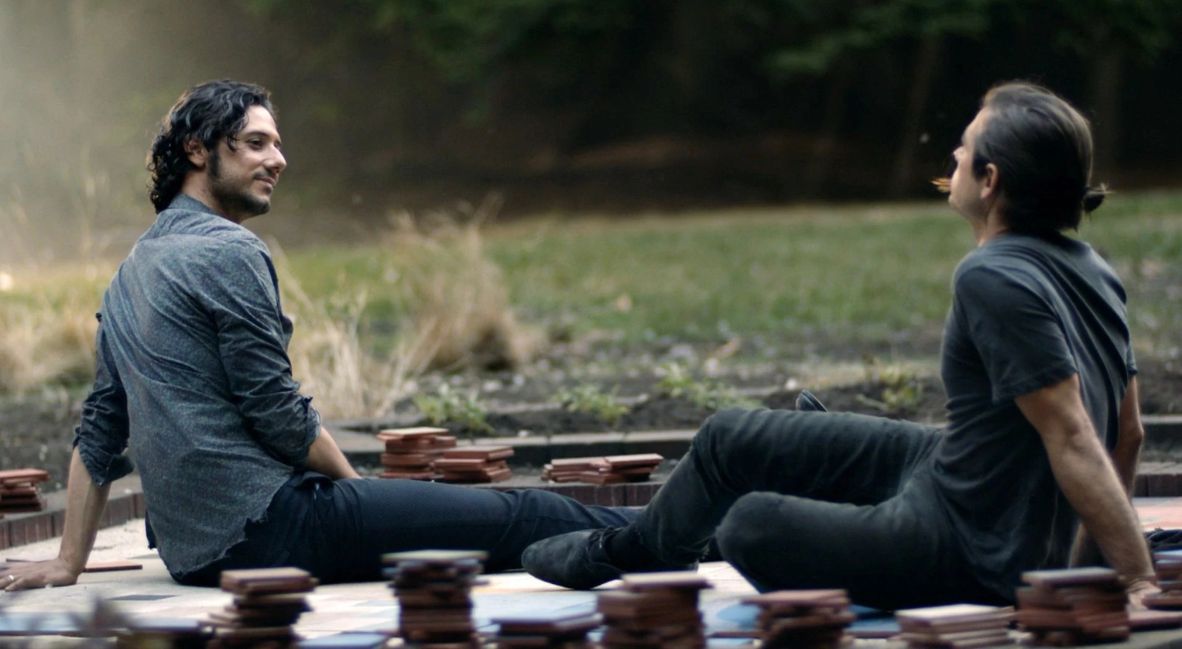
Quentin (Jason Ralph) explores his bisexuality in The Magicians, first in a Season 1 threesome with Eliot (Hale Appleman) and Margo (Summer Bishil). But it’s later in a more poignant, eye-opening episode, “A Life In The Day,” where Quentin and Eliot truly get to explore their relationship, even if such romance is never played out in the main narrative.
TV truly has, over the last decade plus, shown great strides in queer representation and, namely, bisexuality onscreen. Look no further than The CW. While not every series handled their bisexual characters with care (The 100, Arrow), there were plenty that still explored coming out stories with nuance. There’s Daryl and Valencia in Crazy Ex-Girlfriend and Petra on Jane the Virgin.
Elsewhere in comedy, both Ilana (Ilana Glazer) and Abby (Abby Jacobson) were interested in both men and women on Broad City. And Keeley (Juno Temple) spent most of Season 3 of Ted Lasso in a relationship with another woman before getting back with Roy Kent (Brett Goldstein). Nick (Kit Connor) has an entire storyline dealing with his realizing his own bisexuality in the wonderfully tender Heartstopper. In Schitt’s Creek, Dan Levy opened the door to pansexual representation with David, which speaks to many who are bi and equate the two.
Want inclusive storytelling? Look to animation.
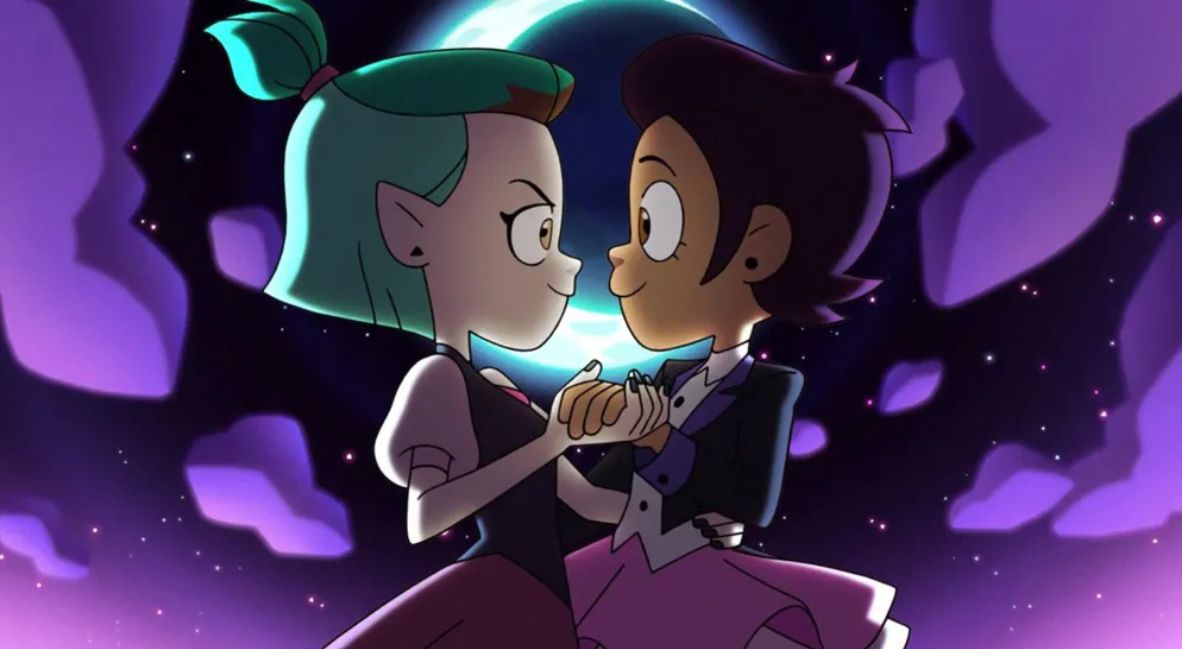
Even more interesting is to see how animation has, once again, paved the way for queer representation both in adult animation and series meant for a younger audience. Harley (Kaley Cuoco) and Ivy (Lake Bell) are both bi in Harley Quinn, but it’s the family-geared series that truly illuminates the efforts these creators are giving. From Luz in the gem of a series, The Owl House by Dana Terrace, to Korra in The Legend of Korra in the trailblazing series finale, to Marceline in Adventure Time, animation is often dedicated to clear, radical progress.
It’s interesting now to see how series have adopted bisexual characters in theory without ever really putting a name to it. It makes sense, in some instances, such as Sense8, where their sexualities defy easy terminology and labeling (they’re in psychically linked, polygamous relationships, cut them some slack.) But in others, it feels like a definite choice even if there’s no ill intent.
From Our Flag Means Death to What We Do in the Shadows and The Bastard Son and the Devil Himself, and most recently, Adults, shows are committed to highlighting sexual and romantic fluidity without necessarily slapping a label on it. It’s partly refreshing because the representation is still happening, but it would be nice to have clear, unquestionable, bi-representation on screens that can’t be hand-waved away.
It’s much more difficult in film.
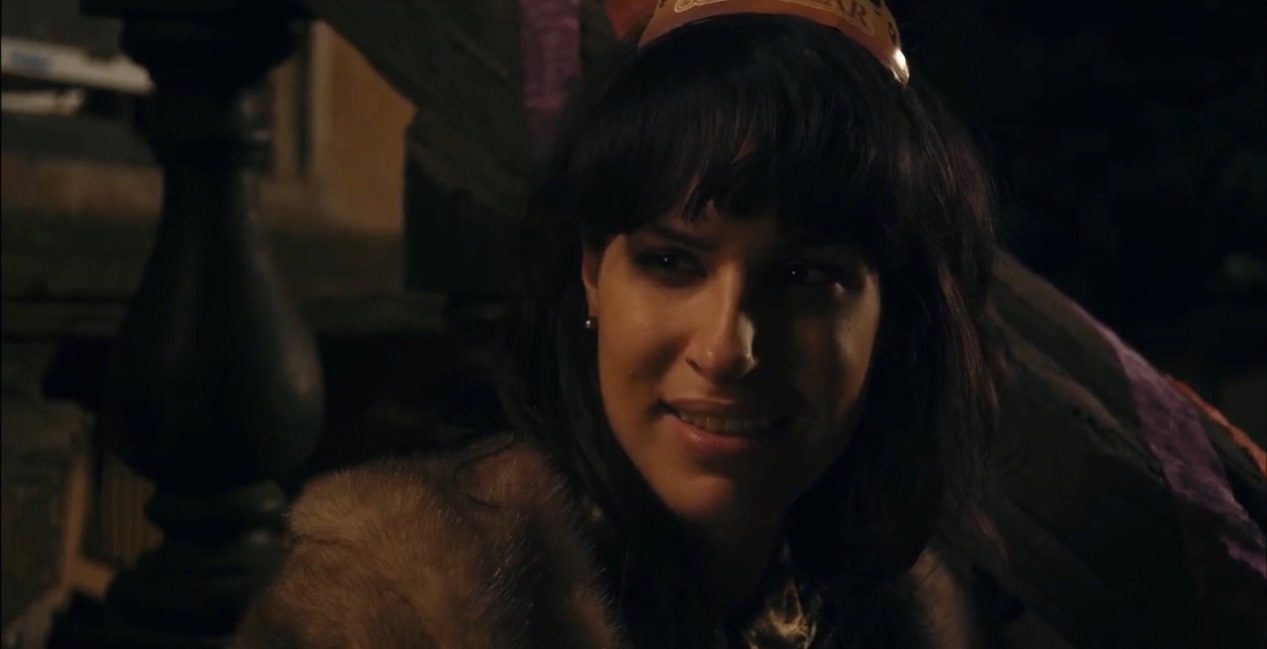
While there are plenty of queer films throughout history – from the early age of cinema – bisexual characters and narratives are still hard to come by. And, sometimes, the ones we have aren’t the best in terms of positive representation (I love Jennifer’s Body, but it’s far from perfect in this regard.)
The ‘90s had Orlando and My Own Private Idaho and Gregg Araki. The 2000s had Y tu Mama Tambien, Frida, Imagine Me & You, and Gregg Araki. The 2010s-2020s there’s Moonlight and Appropriate Behavior, Shiva Baby and Gregg Araki.
It’s not nothing, but considering the expansive storylines that television has managed and, greater still, the immense storytelling possibilities for bisexual characters in film, it makes the relative dearth of storylines all the more depressing.
In an era where LGBTQ+ storylines are as vital as they ever will be, and bi-erasure is running rampant, as always, these notable absences become clearer. It’s not just so I can have representation, but so that others can see themselves, find compassion through film and television, and empathize with empathetic depictions of characters who are dealing with similar struggles, triumphs, and love stories. Let the characters be complicated and messy. Let them be selfish and selfless, ridiculous and heroic. Let them exist, period.
Storytelling is meant to heal. It’s meant to open our eyes and reflect on daily occurrences and experiences. While there’s been progress made over time, there’s infinite room for growth and so many stories worth telling to better represent and understand bisexuality in media. As bi-erasure and biphobia run rampant there’s such – such – a vital necessity for representation onscreen and for viewers to engage with it. And, ideally, walk away with greater empathy and less limiting notions of what bisexuality means.



